Anzac Day is a national day of remembrance in Australia, New Zealand and Tonga, that commemorates Australians and New Zealanders who served and died in all wars, conflicts, and peacekeeping operations, and also the contribution and suffering of all those who have served".
Casualty of War
My second cousin once removed, was a casualty of WW11, when she died in the waters off Singapore in 1942.
Ellenor Calnan known as Ellen or Nell, was born at Culcairn NSW, Australia in 1912, to parents, William CALNAN and Mary O’BRIEN. In 1941, at age 28 years, Ellenor enlisted into the Australian Army, as a military nurse, and served on the 2/10 Australian Nursing hospital ship, HMS Vyner Brooke.
The ship had on board, military personnel and 62 nurses, who were being evacuated, when it was bombed by the Japanese, and sank in Banka Strait, on 14 February 1942. Two nurses died in the bombing, twelve were lost at sea, and the remainder safely reached the shore, off Indonesia, along with other passengers who survived. Ellen Calnan was one of the nine nurses who was lost at sea.
Ellenor Calnan - Australian War Memorial
On land, under the sign of the Red Cross, the nurses who survived the bombing at sea, began to tend to the injured passengers from the ship. On discovering that the island was occupied by the Japanese, one of the officers from the ship surrendered the survivors.
A group of 20 Japanese soldiers, then arrived at the makeshift hospital, and ordered all injured men who could walk, to walk a short distance away out of sight of the hospital. Immediately the nurses heard gunfire. The Japanese soldiers then returned, and ordered the nurses to walk into the sea. They were then shot in the back, by a barrage of machine gun fire.
Sister Vivian Bullwinkell survived the gunfire, by pretending to be dead, and and was washed up unconscious, onto the shore. She was eventually captured and became a POW of the Japanese for two years. She survived this, and told her story of the massacre at War Crimes Trials. This tragedy was unknown to anyone in Australia, until Vivien Bullwinkell arrived home in 1945 and was able to tell the story.
There were newspaper articles in newspapers all over Australia. Following are just a couple.
From: Army News, Darwin NT (1941-46) Tuesday 18 September 1945, page 1
OUR NURSES AND SOLDIERS MASSACRED
Worst Atrocities In History, Says Forde
SWPA, Monday: Shocking revelations of the massacre by the Japanese, of Australian Army nurses in the Sumatra area, and the survival of only six of 2500 Australian and British prisoners-of-war, at Sandakan, in North Borneo, were reported today. The Minister for the Army, Mr. Forde, described these atrocities as among the worst in world history. “These reports,” he declared, “will make us realise even more, what we owe to the fighting men, for saving Australia from the Japanese.”
The Sumatra horror was perpetrated, after survivors reached the shore from HMS Vyner Brooke, which sank in 30 minutes, in February, 1942, after being attacked by nine Japanese aircraft, while carrying 200 passengers, including 65 nurses from Singapore. Twenty one nurses were murdered in cold blood, 12 others are believed to have drowned, and eight died later, in a foul prisoner-of-war camp in the heart of Sumatra, from which the remaining 24 have been flown to Singapore.
Male survivors of the Vyner Brooke, on reaching Bangka Island, off Sumatra, were either bayoneted or mown down, by machine-gun fire, while the nurses were machine gunned after being ordered to stand facing the sea. Sole sister to survive machine gunning, was Sister Vivienne Bullwinkle, of Adelaide, now in Singapore. Before the shooting occurred she ran towards the water, into which she fell, when a bullet penetrated one thigh. The Japs left her for dead. Washed ashore 10 minutes later, she penetrated into the jungle, where she remained for a fortnight until lack of food compelled her to surrender.
A male survivor of the massacre, was a British sailor, who later returned to the scene, and discovered the Japanese had bayoneted those about whose death they were uncertain. Sister Bullwinkle paid tribute to the memory of her dead comrades. ‘We all knew we were going to die, but there was not one protest.” she declared. “The sisters died bravely.”
When she arrived in Singapore, Nurse Bullwinkle was still wearing the same uniform in which she had been shot. There were heartrending scenes when the 24 nurses, barely able to walk, shuffled up some stairs after reaching Singapore. Ailing AIF men of the Eighth Division, just released from prisoner of war camps, became hysterical at the sight, and had to be controlled. Mr. Forde said tonight that the Japanese responsible, must be forced to pay full penalty, for their crime.
A Sydney solicitor, Major W. H. Tebbutt, who was another survivor, has compiled a comprehensive report of the episode. It is now in the hands of the Allied authorities in Singapore.
*Please note: Punctuation and paragraphs have been added to the above transcription for ease and speed of reading
The Australian nurses, including Ellen Calnan, who left Australia in January 1941 to staff the 2/10th Australian General Hospital. Photo was taken in the grounds of the hospital, just before they left Australia. Ellenor Calnan is in the second row, eight from the left
Augusta Australian Army Nursing Sisters Monument
Memorials to the Bangka Island Massacre:
Augusta Australian Army Nursing Sisters
Heidelberg Repatriation Hospital Memorial Rose Garden
Singapore Memorial Kranji War Cemetery,
Vyner Brooke Tragedy Memorial, W.A.,
For anyone who is interested in learning more about this atrocity, I can recommend the following books below, as being very well researched.
Sources:
Australian War Memorial
Virtual War Memorial/Bangka Island
OUR NURSES AND SOLDIERS MASSACRED (1945, September 18). Army News (Darwin, NT : 1941 – 1946), p. 1. Retrieved March 19, 2021, from http://nla.gov.au/nla.news-article47725185
wikipedia.com
This post was first published by me on Jones Family History
Further Reading:
Remembering the fallen of the Banka Island Massacre – Australian College of Nursing
ANMC | Honoring Nurses Past, Present and Future
Angels of mercy: Uncovering the secrets of the Bangka Island massacre – RN Breakfast – ABC Radio National

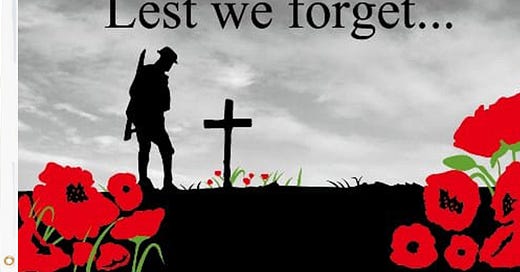






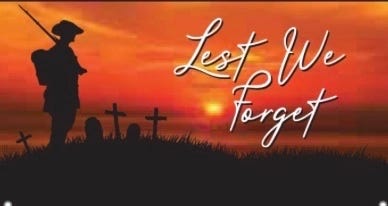

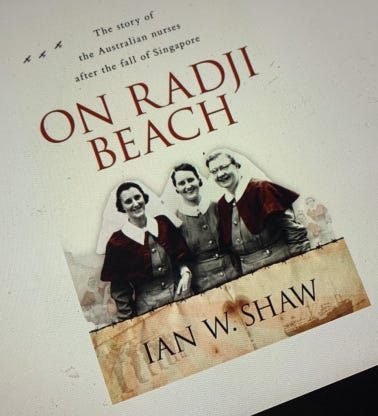
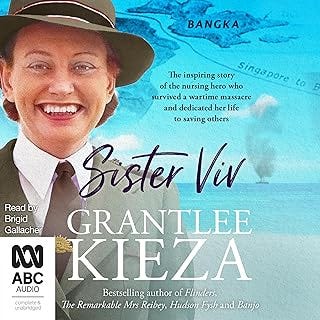
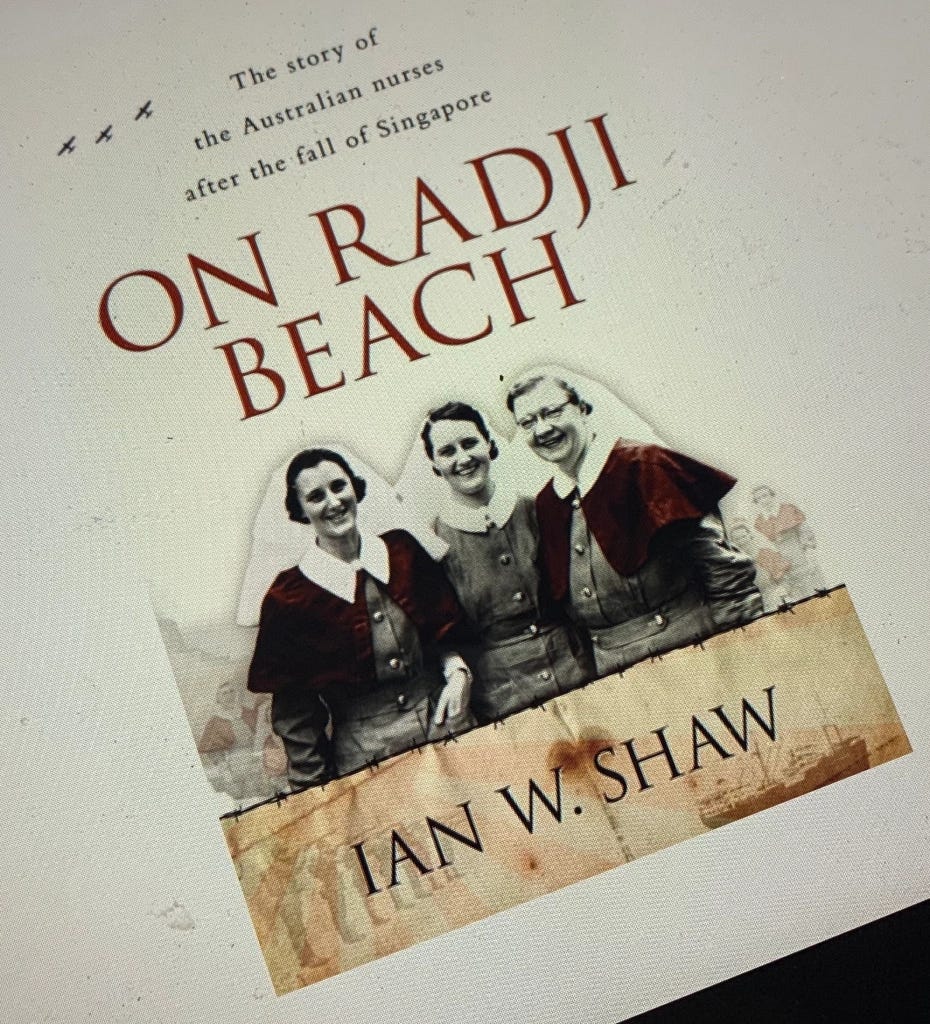

It was only recently that I discovered my good friends father's cousin was one of the nurses massacred on Bangka Island. Minnie Hodgson was from Western Australia, she was 33 when she was murdered.
Another good book, although fiction but based on this story is The War Nurses by Anthea Hodgson.
To date I don't have any women that I am personally related too who served in the war.
I have been helping an elderly volunteer at our Family History Society document the local women who served in war. We began with World War II nurses but it has expanded to include all local women who served in all wars. We have four folders now. Although no local nurses were on the HMS Vyner Brooke, we have newspaper articles and photos of all the women as it was a such an important story of Australian women in war. Lest we forget.